Dr. Huynh Tan Vu, University of Medicine and Pharmacy Hospital - Branch 3, said that in addition to Western antibiotics, Eastern medicine also has many flowers that contain strong antibiotics and are effective in treating diseases.
Below are some familiar flowers that have medicinal properties.
Honeysuckle
Honeysuckle is a medicinal herb prepared from the flowers of the honeysuckle plant. Honeysuckle has antibacterial, antifungal, anti-inflammatory, and antiviral effects. Many studies have shown that honeysuckle has the effect of inhibiting bacteria such as Staphylococcus aureus, Streptococcus hemolyticus, Streptococcus pneumoniae, Shigella dysentery bacilli, Whooping cough bacilli, Typhoid bacilli, Pseudomonas aeruginosa bacilli, and some types of fungi and influenza viruses.
In addition, honeysuckle also has anti-inflammatory effects, reduces secretions, cools the body and increases the phagocytic effect of white blood cells.
In traditional medicine, honeysuckle is considered a precious medicine, such as a plant antibiotic, effective in treating many diseases related to infection. Honeysuckle is sweet, cold, has the effect of clearing heat, detoxifying, and disinfecting.

Honeysuckle.
Stinking grass
Stinking grass, commonly known as pig dung plant or bu xit plant, is a small plant about 30 - 50cm tall. Leaves grow opposite, are egg-shaped, and have round serrated edges. The whole stem and leaves are hairy. Flowers are small, purple or blue-white. The fruit has three vertical ribs and is black. This plant has a very pungent smell when crushed but has a fragrant smell when cooked.
The plant grows wild everywhere, our people have long used this plant as a precious medicine to cure many diseases. The part used as medicine is the part of the plant above the ground. Harvest the whole plant, remove the roots, wash, use fresh or dry, but usually use fresh.
According to oriental medicine, the stinking grass has a spicy, slightly bitter taste and a cool nature. It has the effect of clearing heat, detoxifying, and reducing swelling. It is often used to treat sore throats caused by colds, treat postpartum hemorrhage in women, and urinary tract infections. In particular, through research, scientists have found that the juice of the stinking grass contains antibacterial, anti-inflammatory, and anti-edema properties. In addition, it has essential oils, so it can be used as a steam bath in cases of sinusitis.
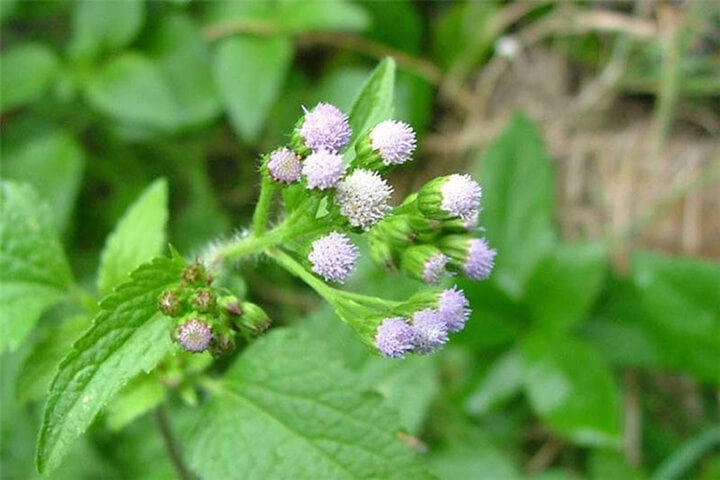
stinking grass
Oregano
This plant contains vitamins A, C, calcium and iron, and acts as a powerful antibiotic, with antibacterial, antiviral and antifungal properties. Oregano is used to treat chronic sinusitis, mouth, tooth and gum infections, respiratory infections, fungal infections and digestive problems. It is also used as an appetite stimulant.
The medicinal part is the newly blooming flower (1/3 blooms, the remaining 2/3 are buds called kinh gioi tue).
Water hyacinth
Water hyacinth is also known as Japanese water hyacinth, Loc Binh water hyacinth. Crude extracts of water hyacinth have been shown to have antibacterial activity against gram-positive and gram-negative bacteria, acting like tetracycline. Crude extracts also have broad antibacterial activity.
In oriental medicine, water fern flowers are cool, have sedative, diuretic, detoxifying, and wind-heat-dispelling effects. When you have a cough, phlegm, or wind-heat cough, steam a handful of flowers with rock sugar and drink. Adding sophora japonica flowers and star fruit flowers is even better.
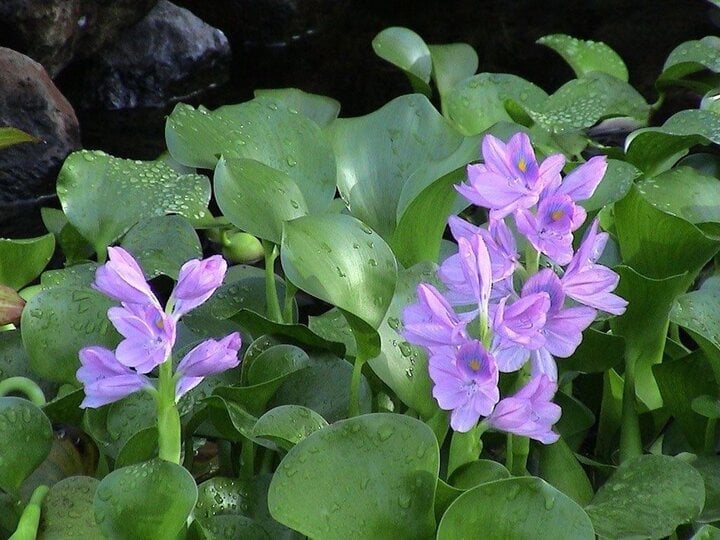
Water hyacinth.
Red cotton flower
The kapok tree, also known as the cotton tree, the ancient tree, the ban chi flower, the hero tree. The bark contains a lot of mucus, the flowers contain 85.66% water, 1.38% protein, 11.95% sugar, 1.09% minerals, the seeds contain 25% essential oil. Experimental research results show that the decoction of kapok flowers has a stronger inhibitory effect on dysentery bacilli than Chloromycetine and Berberine.
According to traditional medicine, kapok flowers are sweet and cool, have the effect of clearing heat, removing dampness, detoxifying and stopping bleeding, and are often used to treat diarrhea, dysentery, hemorrhage, ulcers, and bleeding due to trauma.
Source: https://vtcnews.vn/nhung-loai-hoa-quen-thuoc-la-khang-sinh-phong-tri-benh-hieu-qua-ar872244.html


![[Photo] President Luong Cuong presents the 40-year Party membership badge to Chief of the Office of the President Le Khanh Hai](https://vphoto.vietnam.vn/thumb/1200x675/vietnam/resource/IMAGE/2025/5/19/a22bc55dd7bf4a2ab7e3958d32282c15)
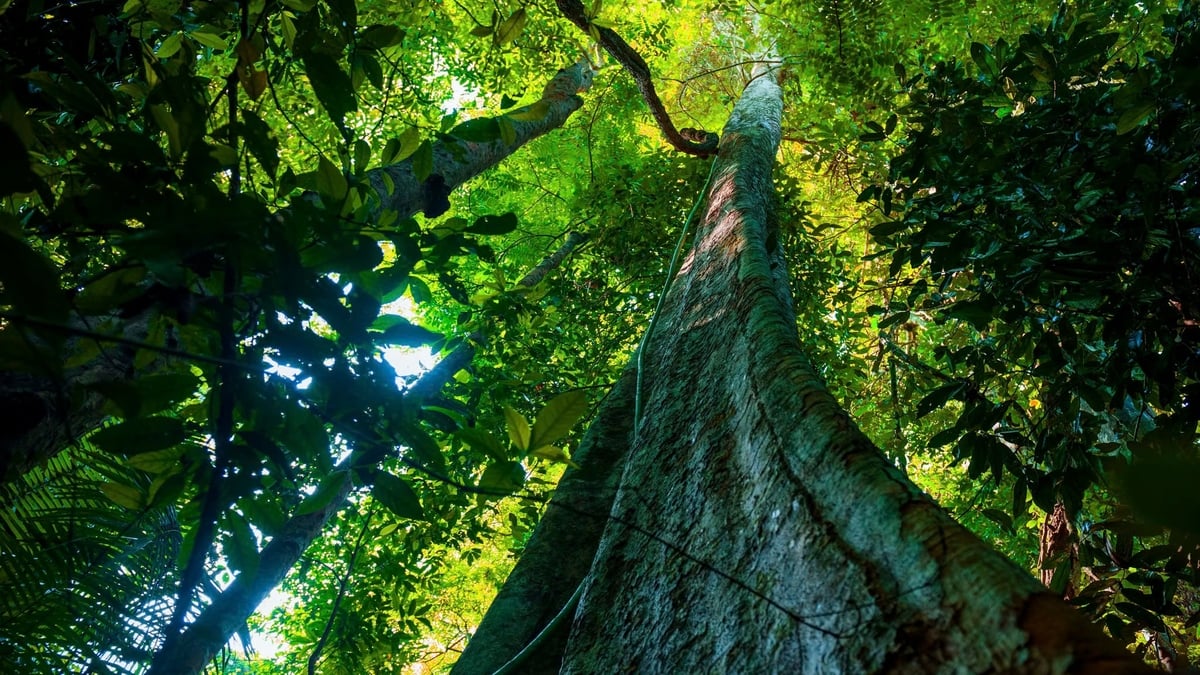
![[Photo] Close-up of Tang Long Bridge, Thu Duc City after repairing rutting](https://vphoto.vietnam.vn/thumb/1200x675/vietnam/resource/IMAGE/2025/5/19/086736d9d11f43198f5bd8d78df9bd41)
![[Photo] General Secretary To Lam attends the conference to review 10 years of implementing Directive No. 05 of the Politburo and evaluate the results of implementing Regulation No. 09 of the Central Public Security Party Committee.](https://vphoto.vietnam.vn/thumb/1200x675/vietnam/resource/IMAGE/2025/5/19/2f44458c655a4403acd7929dbbfa5039)
![[Photo] Panorama of the Opening Ceremony of the 43rd Nhan Dan Newspaper National Table Tennis Championship](https://vphoto.vietnam.vn/thumb/1200x675/vietnam/resource/IMAGE/2025/5/19/5e22950340b941309280448198bcf1d9)
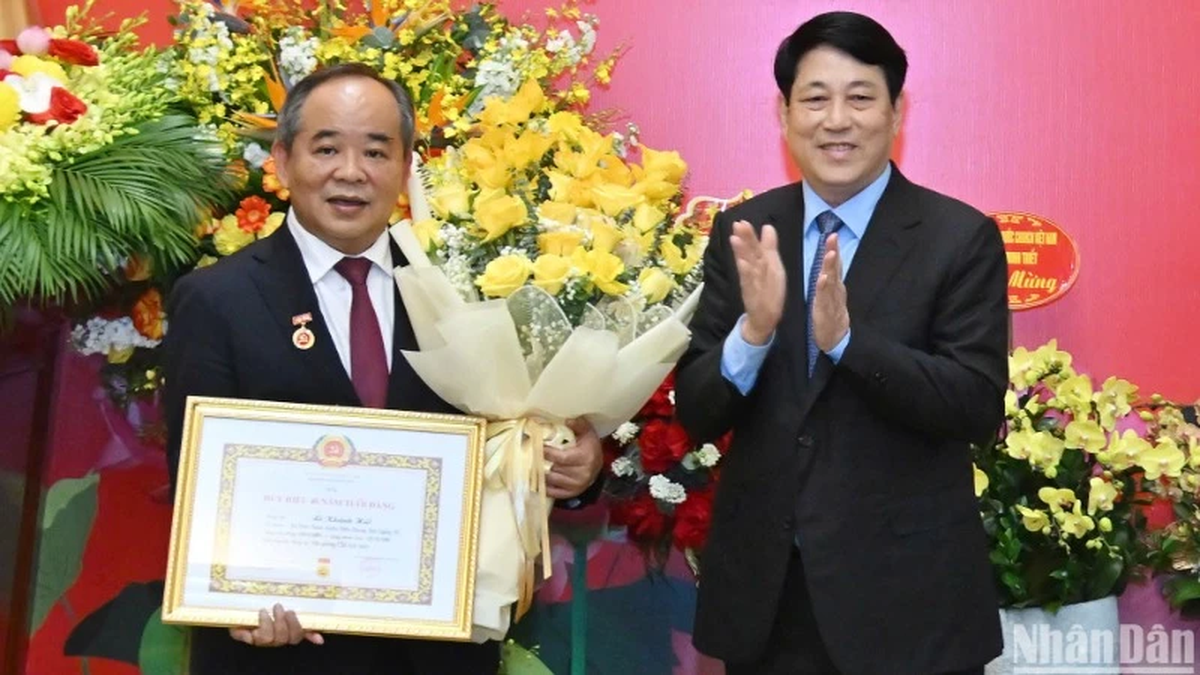


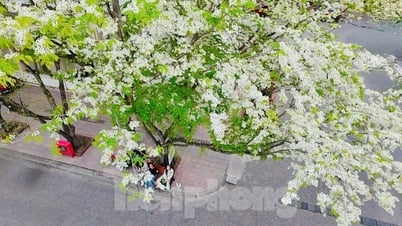



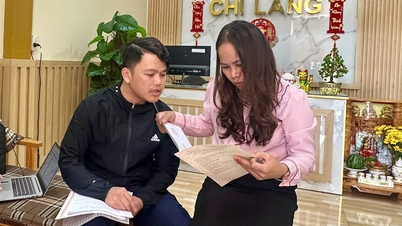




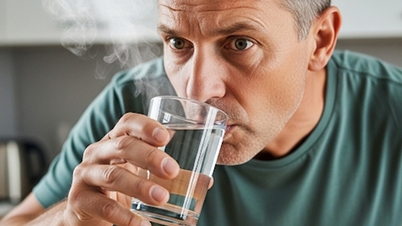


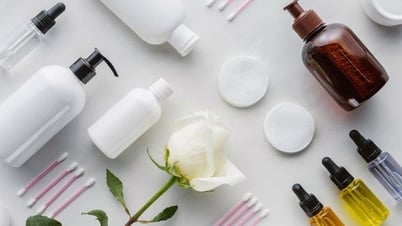

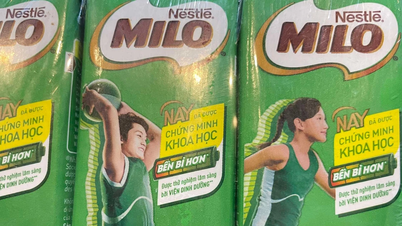











![[Photo] Prime Minister Pham Minh Chinh inspects the progress of the National Exhibition and Fair Center project](https://vphoto.vietnam.vn/thumb/1200x675/vietnam/resource/IMAGE/2025/5/19/35189ac8807140d897ad2b7d2583fbae)
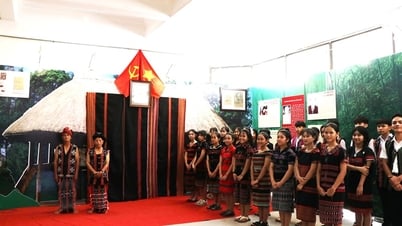

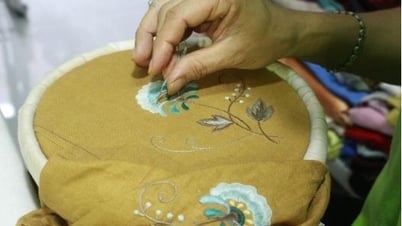





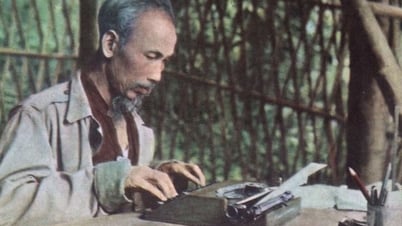
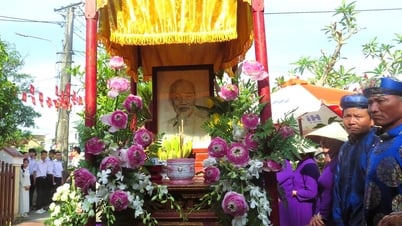


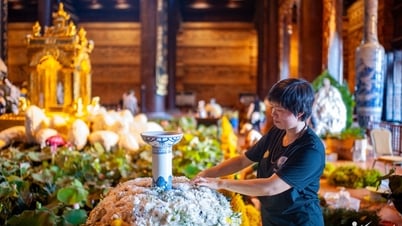
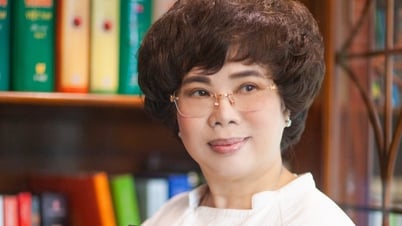
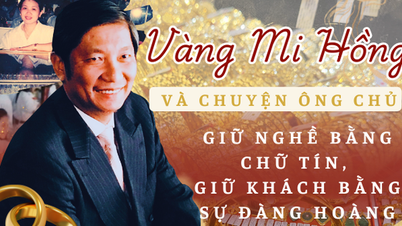


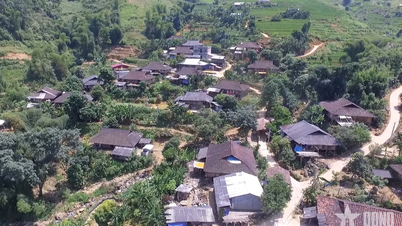









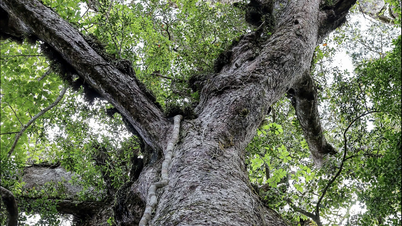

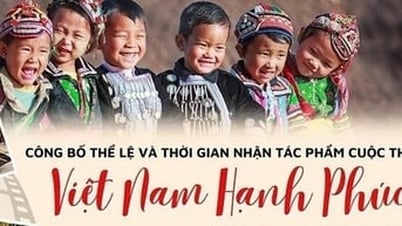











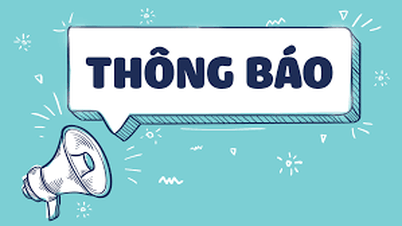



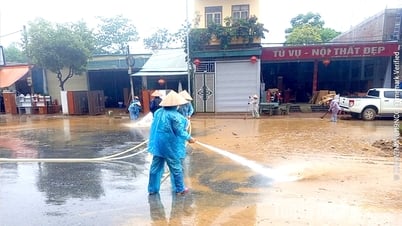



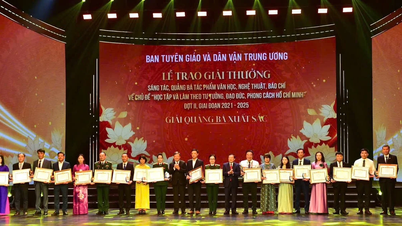

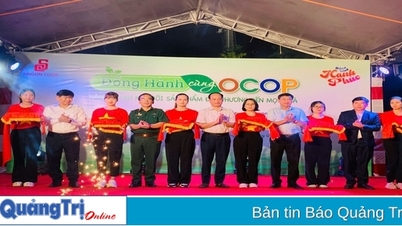

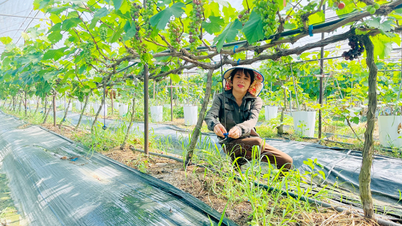



![[VIDEO] - Enhancing the value of Quang Nam OCOP products through trade connections](https://vphoto.vietnam.vn/thumb/402x226/vietnam/resource/IMAGE/2025/5/17/5be5b5fff1f14914986fad159097a677)



Comment (0)